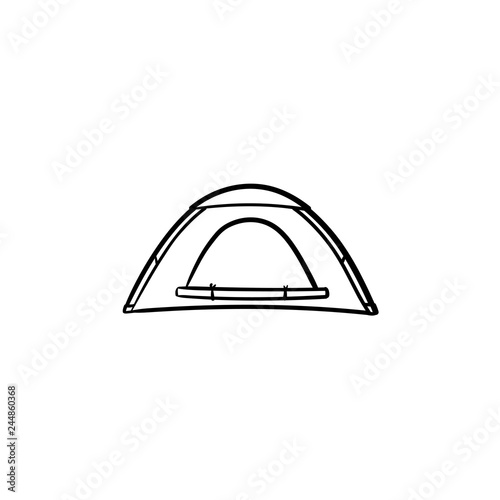Winter outdoor camping is a fun and daring experience, but it calls for appropriate gear to guarantee you stay cozy. You'll require a close-fitting base layer to catch your body heat, together with an insulating coat and a waterproof covering.
You'll additionally require snow stakes (or deadman anchors) buried in the snow. These can be tied using Bob's clever knot or a normal taut-line drawback.
Pitch Your Outdoor tents
Wintertime outdoor camping can be a fun and adventurous experience. However, it is important to have the proper equipment and recognize exactly how to pitch your camping tent in snow. This will prevent cool injuries like frostbite and hypothermia. It is additionally crucial to eat well and stay hydrated.
When establishing camp, see to it to choose a site that is sheltered from the wind and devoid of avalanche threat. It is likewise a great idea to load down the location around your camping tent, as this will help in reducing sinking from temperature.
Before you set up your outdoor tents, dig pits with the exact same size as each of the support factors (groundsheet rings and man lines) in the center of the outdoor tents. Fill up these pits with sand, stones or even things sacks full of snow to compact and safeguard the ground. You might also intend to think about a dead-man anchor, which involves linking camping tent lines to sticks of wood that are hidden in the snow.
Pack Down the Location Around Your Camping tent
Although not a necessity in most locations, snow stakes (additionally called deadman supports) are an excellent enhancement to your camping tent pitching kit when outdoor camping in deep or compressed snow. They are basically sticks that are created to be buried in the snow, where they will certainly freeze and create a solid anchor factor. For best outcomes, utilize a clover drawback knot on the top of the stick and hide it in a few inches of snow or sand.
Establish Your Tent
If you're camping in snow, it is an excellent idea to make use of a camping tent designed for wintertime backpacking. 3-season tents function duffle bag fine if you are making camp listed below timberline and not anticipating particularly rough weather condition, but 4-season camping tents have sturdier posts and fabrics and use more security from wind and heavy snowfall.
Make sure to bring adequate insulation for your resting bag and a cozy, dry blow up mat to sleep on. Blow up mats are much warmer than foam and assistance prevent chilly places in your camping tent. You can additionally add an additional mat for sitting or food preparation.
It's also an excellent idea to set up your outdoor tents close to an all-natural wind block, such as a group of trees. This will make your camp extra comfortable. If you can not locate a windbreak, you can create your very own by excavating holes and hiding objects, such as rocks, camping tent risks, or "dead man" anchors (old camping tent individual lines) with a shovel.
Tie Down Your Camping tent
Snow risks aren't necessary if you utilize the appropriate techniques to secure your outdoor tents. Buried sticks (perhaps accumulated on your approach walking) and ski posts function well, as does some version of a "deadman" hidden in the snow. (The concept is to create an anchor that is so solid you will not be able to pull it up, despite a great deal of effort.) Some producers make specialized dead-man supports, yet I prefer the simplicity of a taut-line drawback linked to a stick and then buried in the snow.
Understand the surface around your camp, especially if there is avalanche danger. A branch that falls on your camping tent can harm it or, at worst, injure you. Likewise watch out for pitching your outdoor tents on an incline, which can trap wind and result in collapse. A sheltered location with a reduced ridge or hillside is better than a steep gully.
